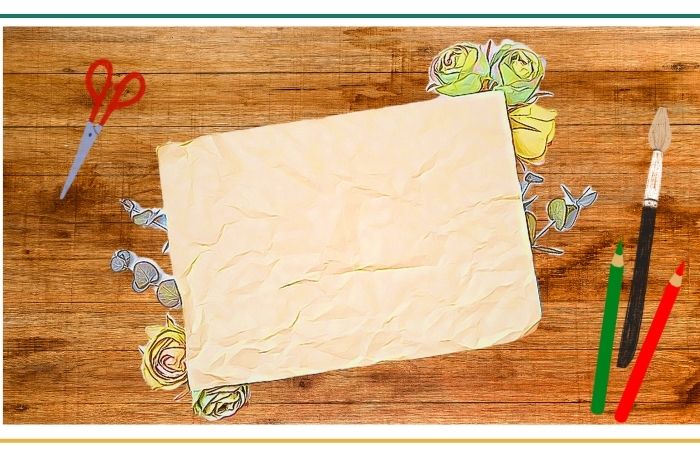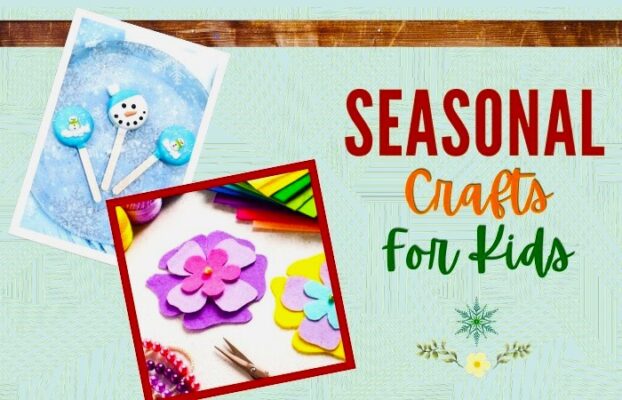Hey there, crafty creators! Are you ready for a fun and eco-friendly project? Today, we’re going to learn how to make homemade paper from recycled materials. With just a few simple steps, you’ll be able to create your very own unique and textured paper. So, gather your materials, let your creativity flow, and let’s dive into this awesome DIY project!
Step 1: Gather your materials
Before we begin, let’s gather all the materials you’ll need to make homemade paper. Here’s what you’ll need:
- Scrap paper (newspaper, old magazines, printer paper, or any paper you have)
- Water
- Blender or food processor (ask an adult for help)
- A shallow pan or basin
- Fine mesh screen or window screen
- A wooden frame slightly larger than the screen
- Sponge or towel
- Optional: Dried flowers, leaves, or colored scraps for decoration
Step 2: Prepare your paper scraps
Start by tearing your scrap paper into small pieces. You can use any paper you have lying around, such as newspaper, old magazines, or printer paper. This is a great way to recycle and give new life to paper that would otherwise end up in the trash!
Step 3: Soak and blend the paper
Place the torn paper pieces in a basin or shallow pan and fill it with enough water to cover the paper. Let it soak for a few hours or overnight to soften the paper fibers.
Once the paper is soaked, ask an adult for help to blend the paper and water mixture using a blender or food processor. Blend until you have a pulp-like consistency. Be careful not to blend for too long, as this may create too fine a pulp. You still want some texture in your homemade paper.
Step 4: Create your paper-making setup
Now it’s time to create your paper-making setup. Place the wooden frame on top of the fine mesh screen or window screen. Make sure the frame is slightly larger than the screen. The screen will act as a mold, and the frame will keep it in place.
Place your setup on top of a clean surface or tray to catch any excess water during the paper-making process.
Step 5: Dip and spread the paper pulp
Using a spoon or your hands, scoop the paper pulp from the basin and gently spread it evenly across the screen. Move it around to create a thin layer of pulp. The more pulp you add, the thicker your paper will be, so experiment with different amounts to achieve your desired thickness.
Optional: If you want to add some decorative elements to your homemade paper, now is the time to sprinkle dried flowers, leaves, or colored scraps onto the pulp layer. Press them gently into the pulp to make sure they stick.
Step 6: Drain and press the paper
Once you’ve spread the pulp evenly, carefully lift the screen with the paper pulp on top and allow the excess water to drain back into the basin or tray. This step is important to help the paper dry faster.
To remove even more water, place a sponge or towel on top of the screen and gently press down. The sponge will absorb excess water while maintaining the shape and texture of your homemade paper.
Step 7: Dry your homemade paper
Now it’s time to dry your homemade paper! Find a flat surface where you can lay the screen with the paper pulp on top. Make sure it’s somewhere safe and away from any water or moisture.
Allow your paper to air dry for a day or two. If you’re feeling impatient, you can use a hairdryer on a low setting to speed up the drying process. Flip the paper occasionally to ensure both sides dry evenly.
Step 8: Release and admire your homemade paper
Once your paper is completely dry, gently peel it off the screen. You’ve done it – you’ve created your very own homemade paper!
Take a moment to admire the unique textures and patterns that have formed as your paper dried. Notice the variations in color, thickness, and any decorative elements you added. Each piece of homemade paper is truly one-of-a-kind!
Step 9: Use and showcase your homemade paper
Now that you have your homemade paper, the possibilities are endless! Use it for writing letters, drawing, scrapbooking, or even making origami creations. You can also frame your homemade paper as a piece of art to display proudly.
Don’t forget to share your homemade paper creations with friends and family. They’ll be amazed at your creativity and eco-friendly approach to crafting!
Conclusion:
Congratulations, talented paper-makers! You have successfully created your very own homemade paper with just a few simple steps and recycled materials. Through tearing, soaking, blending, spreading, draining, and drying, you’ve transformed paper scraps into unique and textured paper masterpieces.
By recycling paper and using your creativity, you’ve demonstrated the importance of reusing materials and reducing waste. Celebrate your eco-friendly mindset and continue to explore new DIY projects that allow your creativity to shine!
So, gather your materials, prepare your paper scraps, soak and blend the paper, create your paper-making setup, dip and spread the paper pulp, drain and press the paper, dry your homemade paper, release and admire your creation, and use and showcase your homemade paper. You’re now a pro at making homemade paper!
Enjoy the joy of crafting with your one-of-a-kind paper, and continue to embrace the wonderful world of creativity and eco-friendly practices. Let your imagination soar as you explore new ways to utilize homemade paper and incorporate it into your artistic endeavors.
Now it’s your turn to inspire others with your homemade paper creations. Start your journey of making unique and sustainable paper, and have fun unleashing your creative spirit!
![]()




